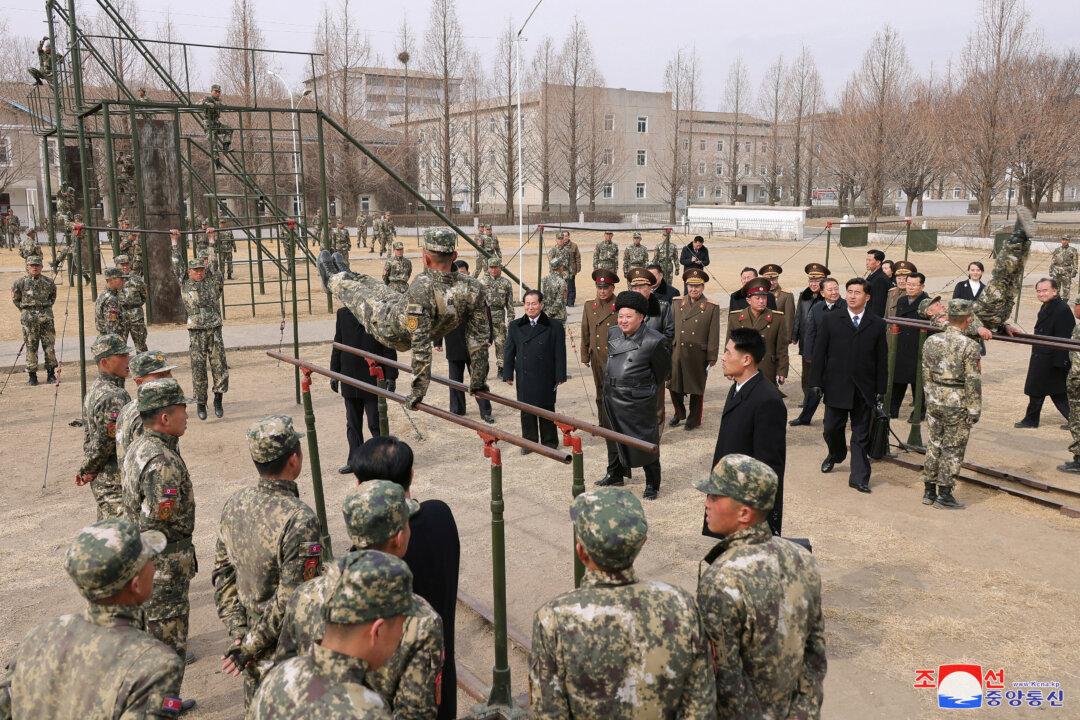Japan’s ruling Liberal Democratic Party has approved a proposal to ease limitations on the military use of weapons against unmanned aircraft that violate Japanese airspace.
The proposal, which was put forward by the Ministry of Defense on Thursday, would allow Japan’s Self-Defense Force (SDF) to shoot down foreign balloons and drones to protect the lives of citizens.
Currently, SDF law allows “necessary measures” to be taken against foreign aircraft that invade Japan’s airspace, but the use of weapons is only allowed in cases of legitimate self-defense or an act of necessity.
The ministry said that it would take into account the safety of citizens and civilian aircraft flights before approving any use of weaponry against unmanned aircraft under the new policy.
Defense Minister Yasukazu Hamada has said the military would be allowed to use weapons, including air-to-air missiles, against foreign balloons that violated Japan’s airspace in accordance with the SDF law.
Japan Reports 3 Chinese Balloon Incursions
The move came after the ministry revealed on Feb. 14 that it “strongly” suspected Chinese surveillance balloons had entered Japan’s airspace at least three times between 2019 and 2021.The second balloon was detected on June 17, 2020, in Miyagi prefecture, which hosts Japan’s air self-defense force facilities. A local government official claimed the flying object had two propellers and was flying at an altitude of 3,000 meters (approximately 3,281 feet).
The third balloon was spotted on Sept. 3, 2021, in Aomori prefecture, where Japan’s maritime self-defense force naval base is located.
Japanese Cabinet Secretary Hirokazu Matsuno said that such violations of its airspace are unacceptable and that Japan is strongly demanding that China’s communist regime verify the facts of the situation and make sure it doesn’t happen again.

“We’ve already shared information with dozens of countries around the world, both from Washington and through our embassies,” Blinken said at the time.
“We’re doing so because the United States is not the only target of the balloon program, which has violated the sovereignty of countries across five continents.”
Suspected Chinese Balloon Crashed Near Taiwan
Taiwan said on Thursday (Feb. 16) that it found the remains of a probable crashed weather balloon, likely from China, near Dongyin island, part of the Taiwan-controlled Matsu archipelago off the coast of China’s Fuzhou, the capital of Fujian Province.Speaking to reporters at parliament on Feb.17, Defense Minister Chiu Kuo-cheng said the ministry has dispatched a team to investigate the crashed balloon.
“The national army … will not jump to conclusions just by looking at appearances. Answers will only be made after investigation,” he said.
“The ministry has rules in terms of response and will continue revising the rules in a timely manner to respond to new threats such as balloons,” Sun told the news outlet.





